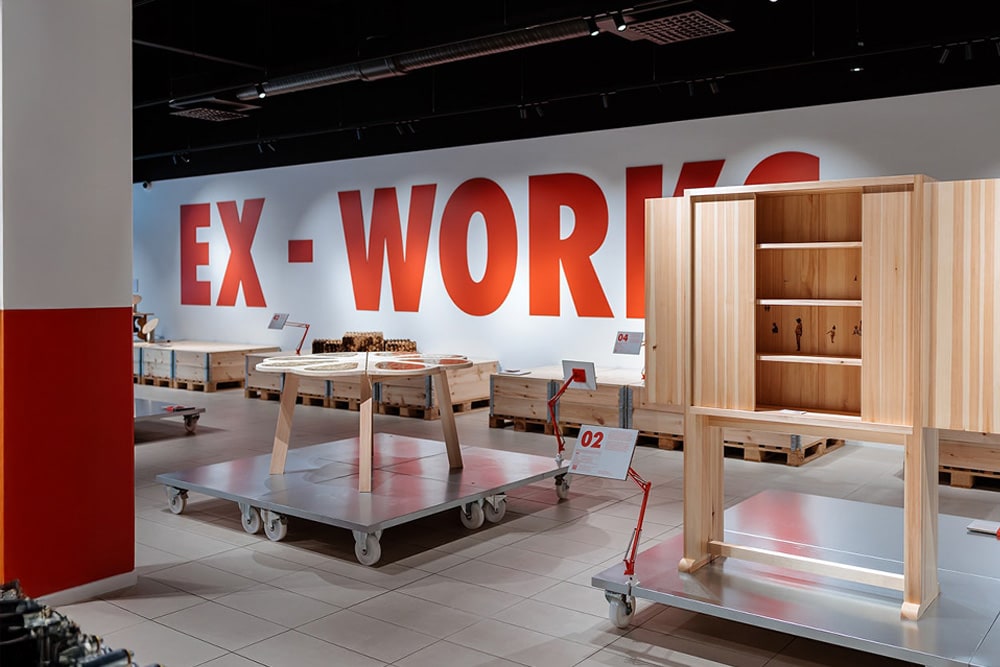1970s
high & low in
furniture design
AT MÖBELDESIGNMUSEUM in Stockholm, Sweden
An exhibition showing dramatic changes - from rebellious design to environmental awareness and simple utility furniture.
Swedish furniture and interior design culture went through dramatic changes during the 1970s. The effects of the late 60’s rebellious view of design, production, and consumption had an impact in the form of freer furnishings and resource-efficient furniture in simpler materials. Companies like Coop, IKEA & Innovator were expanding at a rapid pace. But hard times were soon to become the normality. 1973 was the year of the oil crisis.


In Sweden, the rationing of fuel and energy was introduced. The industry ended up in a recession, the producing companies became fewer and larger. The number of Swedish furniture manufacturers decreased by over 70% in ten years. Those who rationalized their production had the greatest chance of survival. Furniture carpenters became machinists & chipboard replaced solid wood. Sweden had plenty of forest raw material and in the mid-1970s, rustic pine furniture suddenly became the highest fashion.
Interior design for the rapidly growing public environment gave assignments to a generation of furniture and interior designers and nourishment for the quality-oriented furniture industry. Some of today’s leading furniture brands developed strongly during the 1970s and more and more Swedish furniture companies cracked the code for international business. Exports grew from 250 to 1500 million sek in ten years.













































































